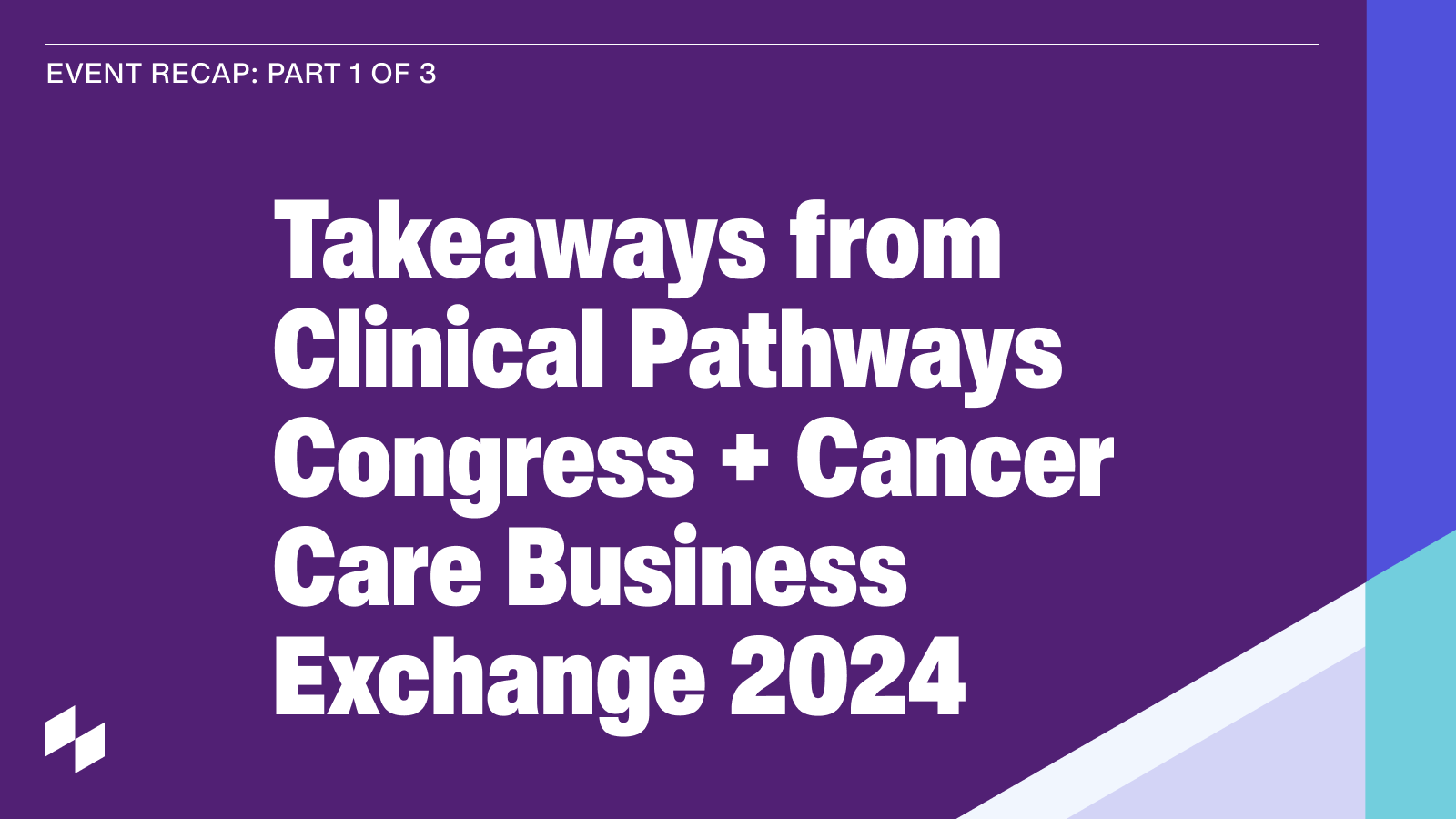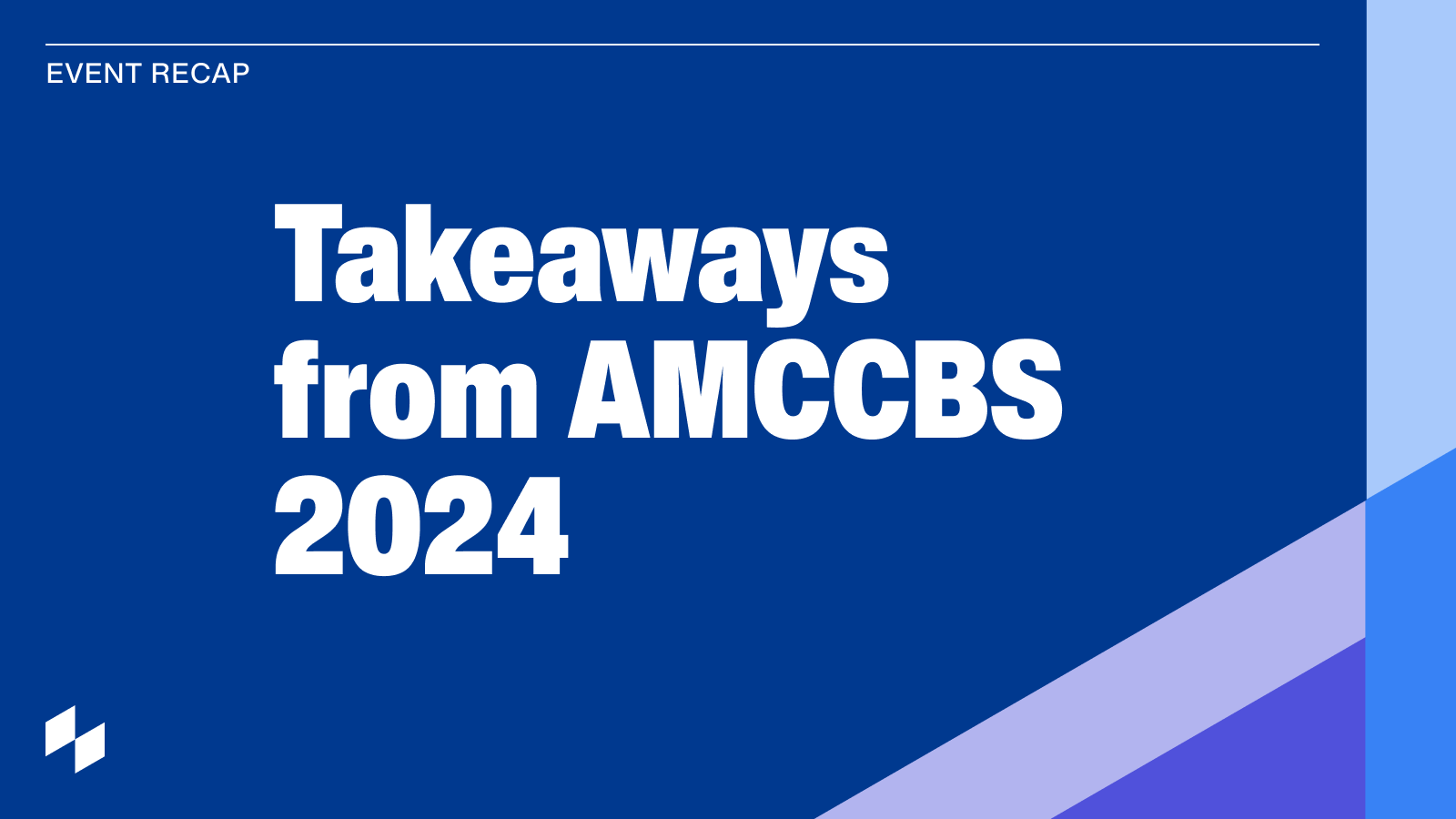With hundreds of available cancer therapies, untold thousands of genetic variables, and a host of other unique patient factors to consider, oncologists rely on evidence-based clinical pathways to support decision-making and ensure their patients are receiving optimal care that is both clinically appropriate and cost-effective.
While organizations like the National Comprehensive Cancer Network (NCCN) work tirelessly to create and update clinical guidelines, applying this knowledge within an organization comes with its own challenges. How can providers stay up to date on new information while being mindful of their organization’s clinical and financial preferences? How can cancer centers integrate the latest information technically to provide it to their clinicians, including standard of care treatments and clinical trials? How can they also integrate pathway choices with payer contract requirements to ensure optimal patient care in a value-based care environment? And how can organizational leaders gain insight into provider engagement with preferred pathways to ensure the delivery of equitable, consistent, high-quality care?
Establishing a strong clinical pathway program that answers these questions can seem daunting at first. With more and more cancer centers undertaking the challenge, a panel of experts at the Clinical Pathways Congress + Cancer Care Business Exchange event held in Boston on September 6-8, 2024 shared their tips for creating a pathway program that can help cancer centers meet their goals and support better outcomes for patients.
Getting the right people involved in the process
It starts with getting the right people involved in the planning process, said Linda Bosserman, MD, a breast cancer specialist and Medical Director, Value Based Care and Center for International Medicine at City of Hope in California.
“Doctors need to be involved in pathway committees to really own it,” she said. “That involvement is critical. They need to be consulted on the clinical side, but they also need to be deeply embedded in the process of choosing technologies to surface pathway options at the point of care. If it doesn’t fit into their workflow or it’s not intuitive, the tools aren’t going to get used. Clinician input every step of the way is essential for the success of the project.”
Developing a holistic outlook and establishing shared goals
Bringing the clinical perspective to the table can also help the organization develop a holistic outlook on its needs and goals, added Jami Wiley, PharmD, a clinical pharmacist at ONCare Alliance.
“What is the ‘why’ for the organization when establishing pathways?” she asked. “Why are we making the decision to develop our own pathways? It could be to standardize care, improve quality, provide cost savings – all of those are valid and need to be balanced appropriately. But you need to have a clear idea of what those priorities are and how they are going to guide administrative and technology decisions. Those goals then need to be communicated across different teams to build understanding and engagement.”
Infusing intuitive technology into the workflow
Once the groundwork has been laid, leaders can begin to explore technology tools to bring decision support directly to the point of care.
“Some centers will try to build their own data model from scratch based on NCCN guidelines and other information, but that can quickly become unwieldy,” said Rebecca Maniago, PharmD, Director of Clinical Oncology at Flatiron Health®. “It can also be difficult to integrate homegrown models into existing technologies.”
“Organizations should spend their time and expertise choosing the regimens they want to use in their pathway, not building out the framework of every clinical scenario that may be encountered. Finding a technology partner that has done all that work already is going to make implementation much smoother, equip providers with pertinent information, and allow cancer centers to use their limited resources strategically on what matters most to them.”
Driving provider engagement and monitoring success
With a robust technology platform in place, cancer centers can begin to understand how their providers are using pathways to guide their care decisions, including how often they choose preferred pathways, explained Ted Arrowsmith, MD, an oncologist with Tennessee Oncology and the OneOncology network.
“The right technology lets you start looking at concordance rates across your network, down to the individual provider level,” he said. “That’s very important for fine-tuning your activities. Maybe your providers need more education and coaching. Or maybe your conceptualized pathway goals are unrealistic for your actual patient population. You won’t know unless you have the data to examine.”
The future of clinical pathway programs
A technology-driven approach can jumpstart a clinical pathway program that brings meaningful impacts to both organizational growth and patient outcomes, agreed Lawrence Shulman, a professor and innovation leader at the University of Pennsylvania and a member of the Best Practices Committee at NCCN.
“Soon enough, it’s not even going to be a question that cancer centers need to have pathway programs cemented in place by digital tools, because we must meet our dual goals of a sustainable business and the best quality care. We want to be able to facilitate better experiences for physicians, too. Using technology to make that happen is going to become standard practice, not the exception. It’s important to begin that journey now so that you’re best prepared to meet the challenges of the future.”
To learn more about how Flatiron Health can assist your practice with establishing high-value clinical pathways, schedule a demo with our team.



